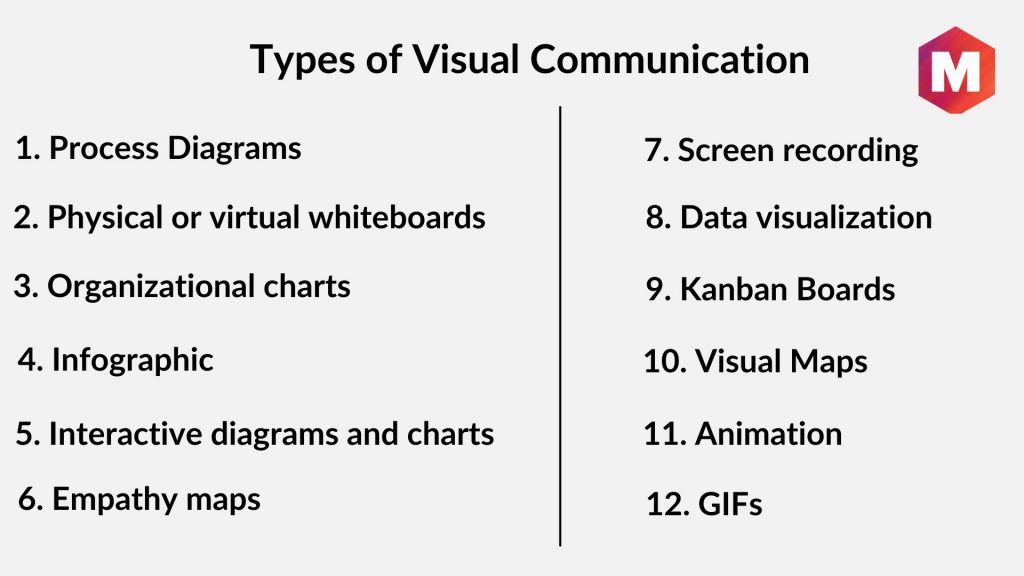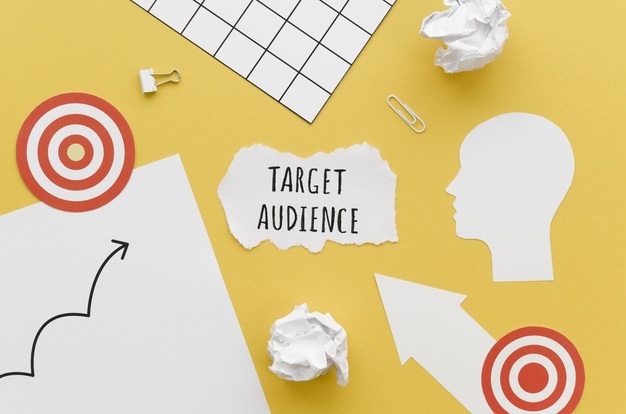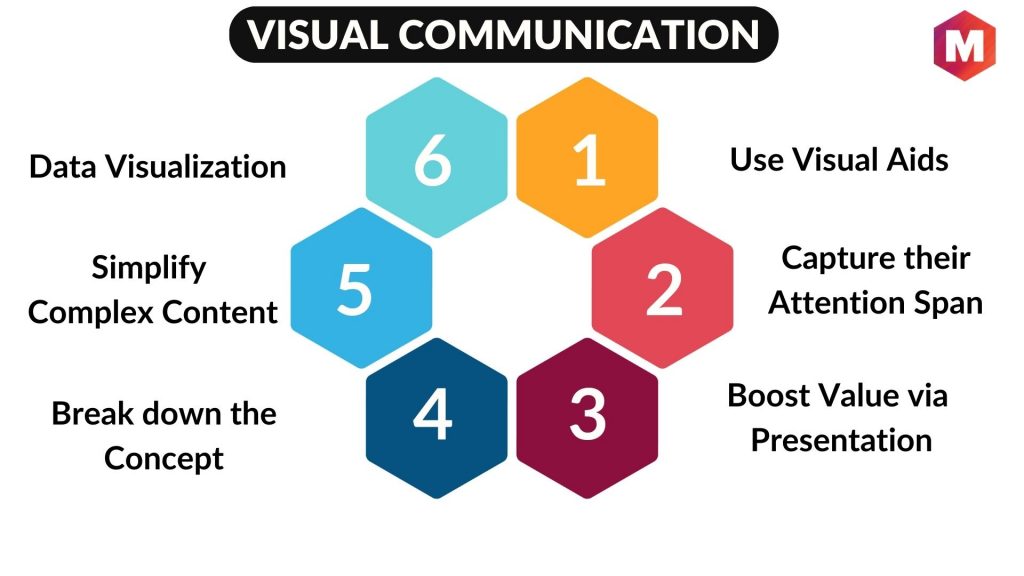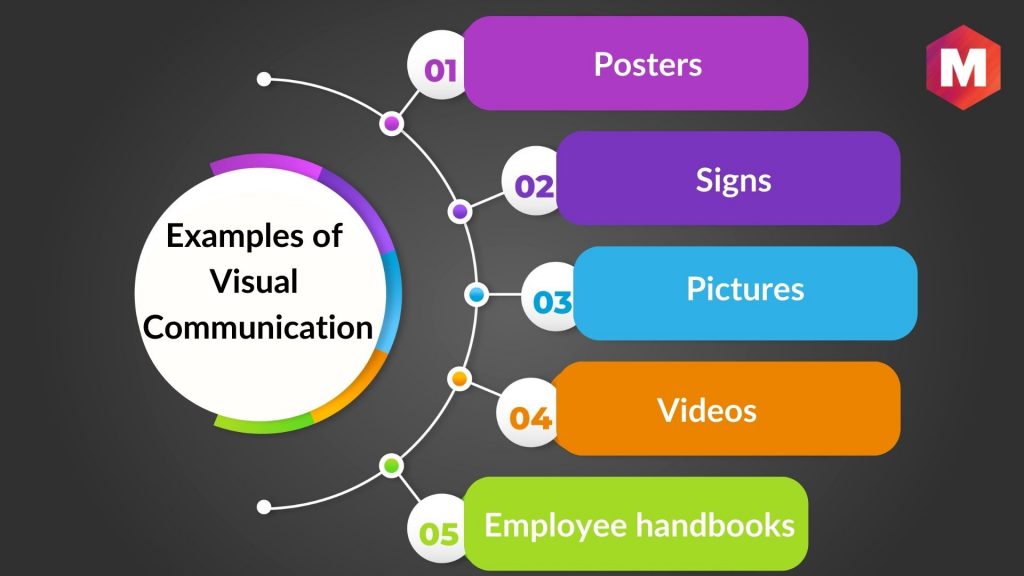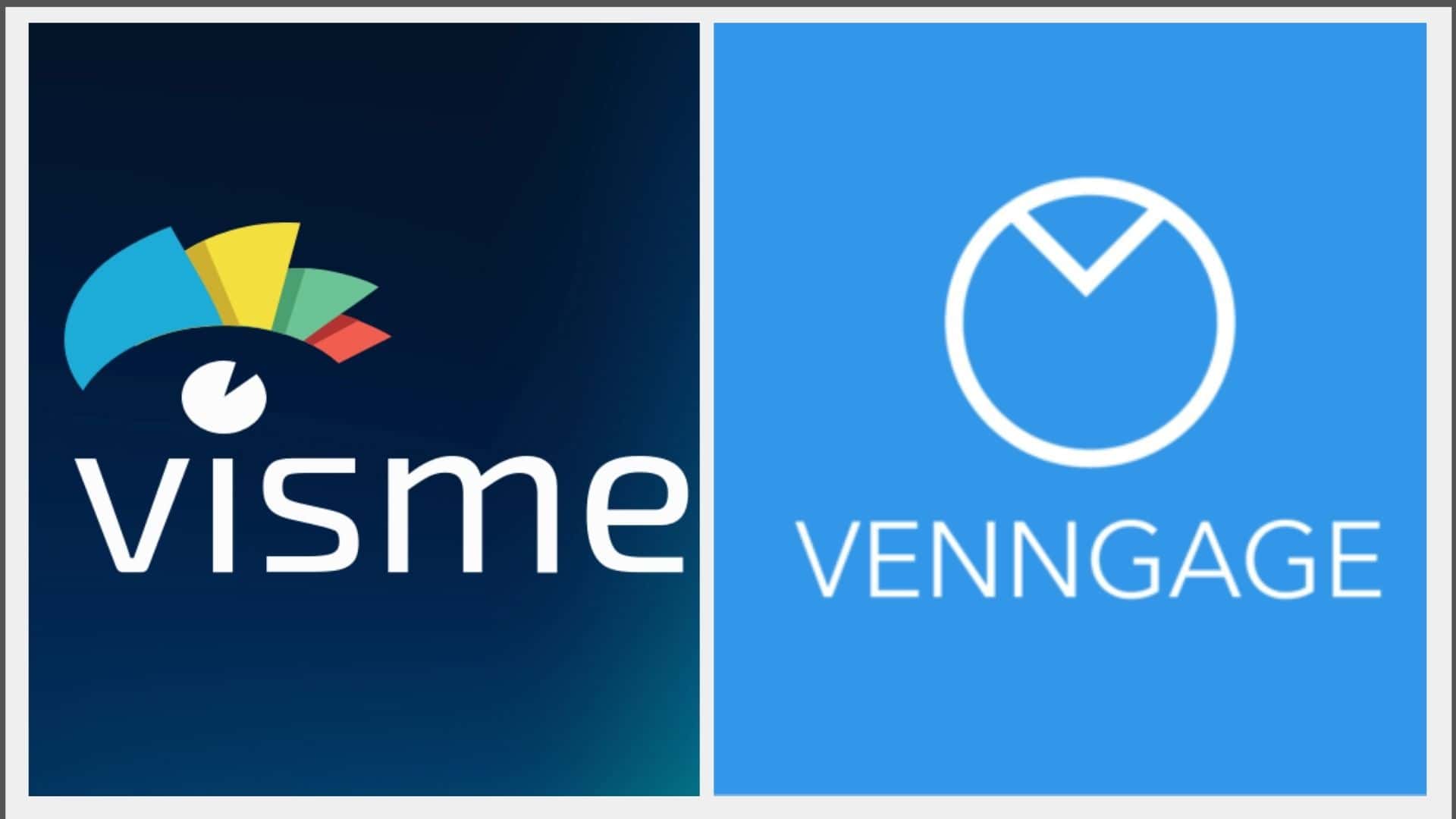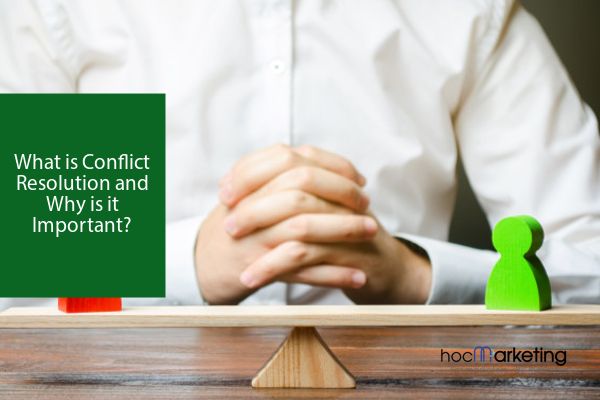
What is Visual Communication and What Makes it Important?

Visual communication is the art of conveying information through visual elements like images, graphics, and videos It helps to simplify complex ideas, increase engagement, and enhance comprehension
Visual communication involves using a variety of visual mediums to convey data and information. These can include graphic design, diagrams, text, prints, charts, illustrations, typography, infographics, body language, signs, expressions, gestures, drawings, still images, color, and animation.
Effective communication involves the use of visual elements to convey thoughts, messages, concepts, and ideas. Visual identity is focused on imparting meaningful content to the audience through the strategic use of visual communication. Recent research shows that over 74% of content creators and organizations use visual design to enhance their storytelling and elicit emotional responses from their audience. The principles of visual design and presentation aid in clarifying content information and effectively conveying emotions to the viewers.
Types of Visual Communication
The common types of visual communications are as follows –
1. Process Diagrams
This method of visualizing communication data can effectively promote consistency in task performance among various departments within a company, leading to improved alignment.
2. Physical or virtual whiteboards
Utilizing virtual boards can be a powerful tool for effectively conveying messages to your intended audience through social media posts and other visual media. To maximize your impact, it is recommended to seek out digital whiteboards that offer unlimited space and a diverse selection of designs, images, and graphics. This approach to visual communication opens up a multitude of new opportunities for effectively engaging with your audience.
3. Organizational charts
Pie charts are effective tools in presenting various relationships in a clear and concise manner. They can serve multiple purposes, whether for professional networking, community building, or personal use. Moreover, organizational charts are commonly utilized during the Onboarding process to establish communication channels within a company.
4. Infographic
An effective way to present crucial financial information in a visually appealing manner is through the use of infographics. These powerful tools use colors and graphic representations to convey complex data in an easily digestible format.
5. Interactive diagrams and charts
Visual aids such as charts and diagrams are effective tools for ensuring that information is retained by visual learners. These communication tools come in various shapes and sizes and can be customized using colors and icons to clearly depict each step in a presentation.
6. Empathy maps
A powerful tool that integrates essential visual elements to effectively communicate information about a subject matter, enabling a deeper comprehension and insight into the needs of customers. By utilizing data and images in a clear manner, the message is easily understood and the presentation becomes a crucial component.
7. Screen recording
Visual communication of this nature serves as a valuable tool for both users and their audience, providing guidance on navigating unfamiliar platforms and enhancing visual communication capabilities.
8. Data visualization
This visual communication type helps to process a huge number of data sets, save time and understand relationships and see trends thoroughly.
9. Kanban Boards
A popular method for organizing and optimizing workflows is through the use of a visual communication tool. This tool allows for the easy management of ideas and tasks, often utilizing sticky notes and cards to display specific processes and the various stages within them.
10. Visual Maps
Visual maps are a powerful tool for effective communication. They aid in brainstorming ideas, creating timelines, making realistic plans, and outlining strategies. Two popular examples of visual maps are Mind Maps, which promote free thinking and idea generation without the constraints of structure, and Idea Maps, which organize thoughts and information in a structured manner.
11. Animation
Animated images and videos have often proved effective in grabbing the attention of the target audience.
12. GIFs
GIFs are a powerful tool for capturing your customer's attention within the first few seconds. By adding visual elements, you can inject humor and ensure that your content is both relatable and valuable.
Importance of Visual Communication
Communication through visual means is considered important for the following reasons-
Visual communication is an essential component of effective communication. While words can convey a message, visuals have the power to inspire change and ensure that the intended message is received and understood. By bridging the gap between words and thoughts, visual aids can help people on opposite sides of an issue comprehend the true essence of the message being conveyed.
. It is a powerful tool that not only educates but also motivates its target audience. By making the content visually appealing, eye-catching and clear, visual communication captures the attention of viewers and helps them to better understand and retain information. Additionally, it allows people to engage with the subject matter in a more meaningful way, observe details that might have been missed otherwise, and draw inferences based on the visual cues provided. In today's fast-paced world, where attention spans are short, visual communication has become an essential tool for effective communication and engagement.
Visual communication act as an example to provide a better understanding of the target audience
Visual communication arouse emotions and people can relate to the given topic easily
Using visual aids such as charts, graphics, and diagrams can make complex information easier to understand and remember. This can lead to improved communication and collaboration within the organization. In addition, visual communication can also enhance the overall effectiveness of presentations or training sessions, making them more engaging and memorable for participants.
Visual communication is an effective tool for streamlining complex information and simplifying processes. It not only facilitates the communication of key ideas, but also saves valuable time by requiring less effort to convey important points to the audience.
How to use Visual Communication?
Incorporating visual communication into your content can be a powerful tool to make it more engaging and interesting. Many industries, including healthcare, engineering, and finance, are utilizing this approach to present technical information and data in a more accessible way. By incorporating stylized icons, metaphors, and infographics, the content can be given a fresh and visually appealing look that encourages deeper thinking and understanding. With the use of visual aids, audiences can relate to and comprehend the information more easily.
Using Visual Communication to Captivate Your Target Audience
In today's fast-paced world, attention spans are becoming increasingly limited, making it challenging to connect with your target audience. However, visual communication strategies have proven to be highly effective in overcoming this problem. By using visual aids that correlate with your topic, you can maintain your audience's focus on the main content. This is a key solution for addressing emotional responses to boredom and distraction.
Enhancing Value with Visual Presentations
Another benefit of visual communication is that it can help organizations to boost the value of their products or services. Visual presentations provide an opportunity to explain in detail the features and characteristics of your offerings, thereby imparting more value to your customers. Additionally, visual communication can be used to make contact with new employees, raise awareness, and impart knowledge to customers.
Visual aids are a great way to convey process improvements and changes effectively. Breaking down the content into smaller sections and using words that are easy to understand helps team members align with the process changes. Details in the process documents act as a reference point for the team, enabling them to take viable action plans with ease. In addition, presentation slides can be used to discuss company updates and clarify changes. Checklists are also helpful in communicating complex internal processes and reducing anxiety and unclear expectations.
Visual communication is especially useful for simplifying complex content in B2B and healthcare organizations. Using size, color, borders, lines, and shapes in external communications can draw attention to important content and focus keywords on social media.
The effective visualization of data depends on the appropriate use of charts, which facilitates a deeper understanding of complex information. In the healthcare industry, icon arrays are utilized to convey risk, while bar charts are preferred for managing large data sets and drawing meaningful comparisons between them. To further enhance your understanding of visual communication, watch the accompanying video.
Challenges of Visual Communication
Crafting effective visual aids requires skill and expertise. It is a complex task that demands a deep understanding of design principles, graphic elements, and visual hierarchy. Simply put, visual communication is not just about pretty pictures and fancy fonts. It requires a thoughtful approach and a strategic mindset to convey the intended message effectively.
Poor quality visuals can also have a negative impact on the overall message being conveyed, potentially hindering understanding and causing confusion. It is important to invest in effective visual aids to ensure clear and concise communication.
Utilizing visual information alone is insufficient to convey a complete message. It must be combined with other modes of communication to effectively convey a clear meaning. To effectively engage in visual communication, an organization must have staff with expertise in design, data interpretation, and imagery. Incorrect use of visual elements can result in ineffective outcomes.
It is difficult to express all the topic information through visuals and this is why sometimes people are unable to understand the concept and story behind it clearly.
Examples of Visual Communication
Utilizing visual aids in the workplace is a highly effective method of communication. These visual aids are utilized to express messages, promote specific behaviors, and instill a sense of belonging within employees as they become a part of a greater purpose.
Here are some examples of visual communication that we’ve seen:
Posters – these are used to advertise events or new products, and also for employee education about company culture.
Reminders – various reminders, such as safety protocols or project deadlines, are often posted around the workplace to keep employees informed and on-task.
One effective way to celebrate achievements and introduce new products or services is through the use of videos. On the other hand, employee handbooks serve as a comprehensive guide for company policies and procedures, as well as offering valuable insights and direction for employees in their daily work.
The use of visual communication in business is a great way to get your message across. It’s a quick, easy and effective way to communicate with employees and customers alike.
Visual Communication Tools
If you want the best graphic design, tools and imagery of visual communication to engage audience then look no further than platforms like Venngage and Visme.
Visme and Venngage are two powerful cloud-based social media platforms that cater to creating visually appealing content. While Visme boasts of 900+ slide layouts, thousands of customized icons, and an array of communication design and visual images to create stunning presentations, Venngage offers beautiful templates, premium design and visual images, infographics, brochures, flyers, charts, and ready-to-use templates to create high-end visualizations and content with ease. Venngage is highly renowned for its ability to enable graphic designers to create professional infographics with just a few clicks.
Summary
Visual communication has the power to deeply integrate itself into all forms of communication, providing organizations and individuals with the ability to maximize its benefits. A successful visual communication strategy entails creating informative and visually appealing content, effectively conveying the core message, and ultimately driving data-driven results.
